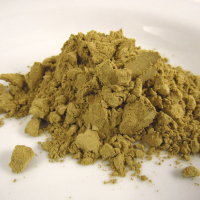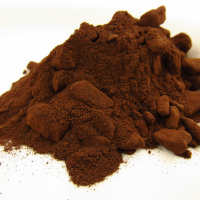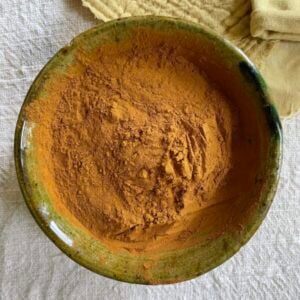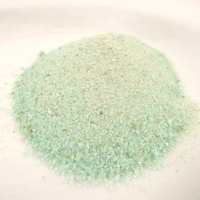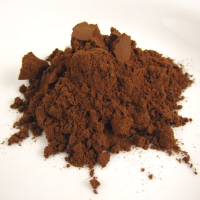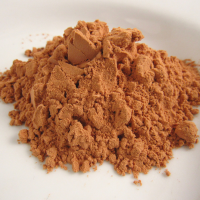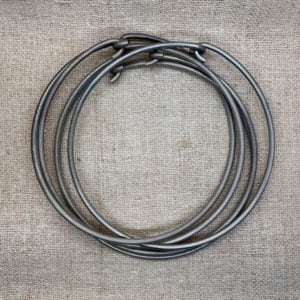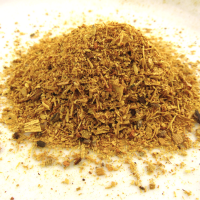Enjyu Japanese Dye
Enjyu Japanese dye Sophora japonica Enjyu, also known as Japanese Pagoda Tree comes from the flower buds of the Pagoda Tree. The color is a rich yellow and is thought to have more lightfastness than kariyasu and kuchinashi. This is a wonderful shade to use to make green by dyeing first with indigo, washing the fibers, mordanting and then dyeing with enjyu. Extract at 25% wof, which is less than many of the other colors. Enjyu may be used until no color is left to extract from them, or they are a wonderful softer color for bundle dyeing. Multiple extractions … Read more


